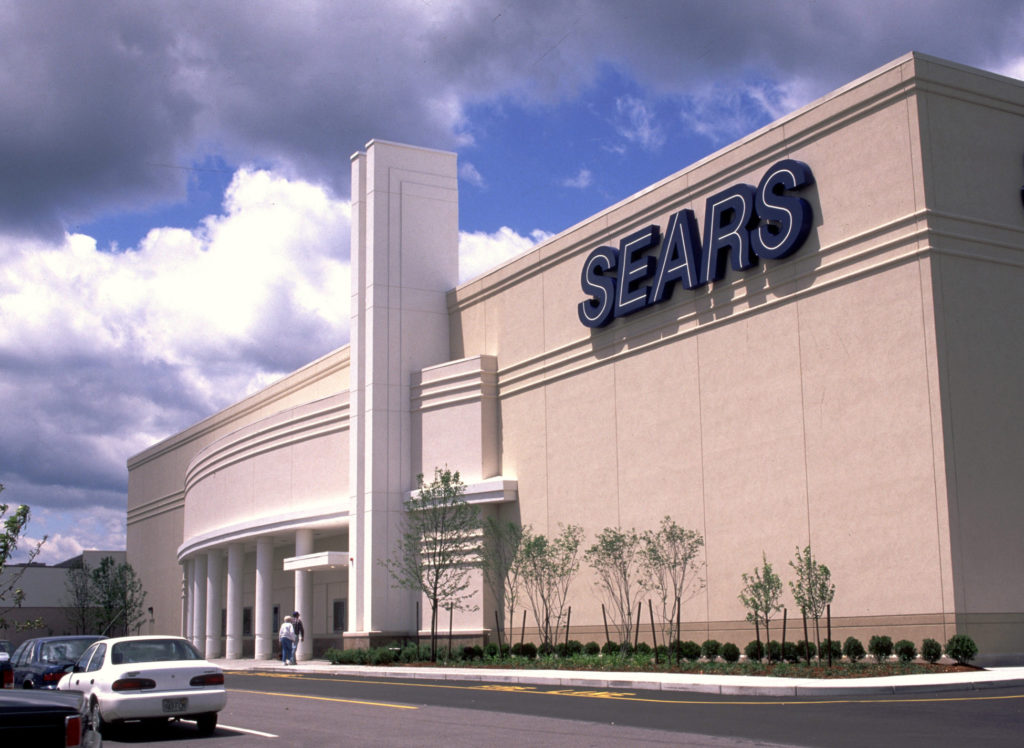
It’s the best of times and it’s the worst of times for American retailer CEOs.
Some, like Sears’ Edward Lampert and Toys ‘R Us ex-CEO David Brandon, have been sadly closing chapters on iconic store brands this year.
But many others, such as Target’s Brian Cornell and Walmart’s Doug McMillon, are looking forward to a very promising Christmas season having made bold and successful moves—and have the economic winds very much at their backs.
In a decisive era for the entire industry, Sears’ slouching toward a bankruptcy filing has thrown the divergent fates of U.S. retailers into even higher relief. Early Monday morning, Sears filed for Chapter 11 bankruptcy and Lampert stepped down as CEO. It reached a deal to keep open hundreds of its stores open for now.
Arguably, we’ve seen one-offs in the fates of Sears and its Kmart subsidiary, which hedgefund king Lambert has fumbled away in the five years since he took it over, and of Toys ‘R Us, which fell victim in a business that was particularly ripe for takeover by e-commerce. Bon-Ton Stores has been liquidated in large part because former CEO Kathryn Bufano and her predecessors couldn’t get the hang of online sales.
But until the economic boom created a rise in disposable income, consumer confidence and spending, there was widespread hand-wringing concerning just about all traditional bricks-and-mortar retailers.
Beyond the ongoing economic surge, how have some retailing CEOs navigated their companies out of that maelstrom? And what should store chiefs be mindful of in the months ahead?
Here are seven ideas:
Don’t give up. A couple of years ago, some analysts were ready to wash their hands of Target. One of the biggest forces in mainstream discounting had lost its edgy mojo with consumers, was mired in a questionable venture into grocery retailing, and then aggravated millions of core consumers by wading into the same-sex-bathroom controversy.
But with Cornell recently giving due credit to the “strong[est] consumer environment … perhaps in my career,” he’s also enjoying presiding over a strategic rally that has seen Target post strong gains in comparable-store sales, overall revenues, and profitability. For instance, a new exclusive housewares partnership with Magnolia, run by Fixer Upper star Joanna Gaines, has given Target some new design buzz.
Meanwhile, digital sales also have boomed as Target is reinvesting in its businesses in the wake of Cornell’s new strategy revealed in 2017 to pour $7 billion into the e-commerce platform, bulk up the chain’s lineup of in-house brands, open new small-format stores and remodel existing locations.
Can’t beat ‘em, join ‘em. Once Walmart decided it couldn’t beat Amazon with brick-and-mortar alone, McMillon and predecessor Michael Duke have presided over a steady resurgence. The world’s largest bricks-and-mortar retailer has invested billions in boosting its e-commerce platform to make it a credible competitor to Amazon online, and now is even copying the digital bogeyman to the extent of starting a video-production arm, echoing Amazon’s Prime.
Yet Walmart also has found ways to leverage its physical footprint in the service of digital business. Moreover, the two CEOs have managed to remove the political opprobrium that once hanged over Walmart like a cloud, in part by leading the way in boosting wages for its workers—long before the currently taut U.S. job market has forced other employers to do so.

Chief Executive Group exists to improve the performance of U.S. CEOs, senior executives and public-company directors, helping you grow your companies, build your communities and strengthen society. Learn more at chiefexecutivegroup.com.
0

1:00 - 5:00 pm
Over 70% of Executives Surveyed Agree: Many Strategic Planning Efforts Lack Systematic Approach Tips for Enhancing Your Strategic Planning Process
Executives expressed frustration with their current strategic planning process. Issues include:
Steve Rutan and Denise Harrison have put together an afternoon workshop that will provide the tools you need to address these concerns. They have worked with hundreds of executives to develop a systematic approach that will enable your team to make better decisions during strategic planning. Steve and Denise will walk you through exercises for prioritizing your lists and steps that will reset and reinvigorate your process. This will be a hands-on workshop that will enable you to think about your business as you use the tools that are being presented. If you are ready for a Strategic Planning tune-up, select this workshop in your registration form. The additional fee of $695 will be added to your total.

2:00 - 5:00 pm
Female leaders face the same issues all leaders do, but they often face additional challenges too. In this peer session, we will facilitate a discussion of best practices and how to overcome common barriers to help women leaders be more effective within and outside their organizations.
Limited space available.

10:30 - 5:00 pm
General’s Retreat at Hermitage Golf Course
Sponsored by UBS
General’s Retreat, built in 1986 with architect Gary Roger Baird, has been voted the “Best Golf Course in Nashville” and is a “must play” when visiting the Nashville, Tennessee area. With the beautiful setting along the Cumberland River, golfers of all capabilities will thoroughly enjoy the golf, scenery and hospitality.
The golf outing fee includes transportation to and from the hotel, greens/cart fees, use of practice facilities, and boxed lunch. The bus will leave the hotel at 10:30 am for a noon shotgun start and return to the hotel after the cocktail reception following the completion of the round.